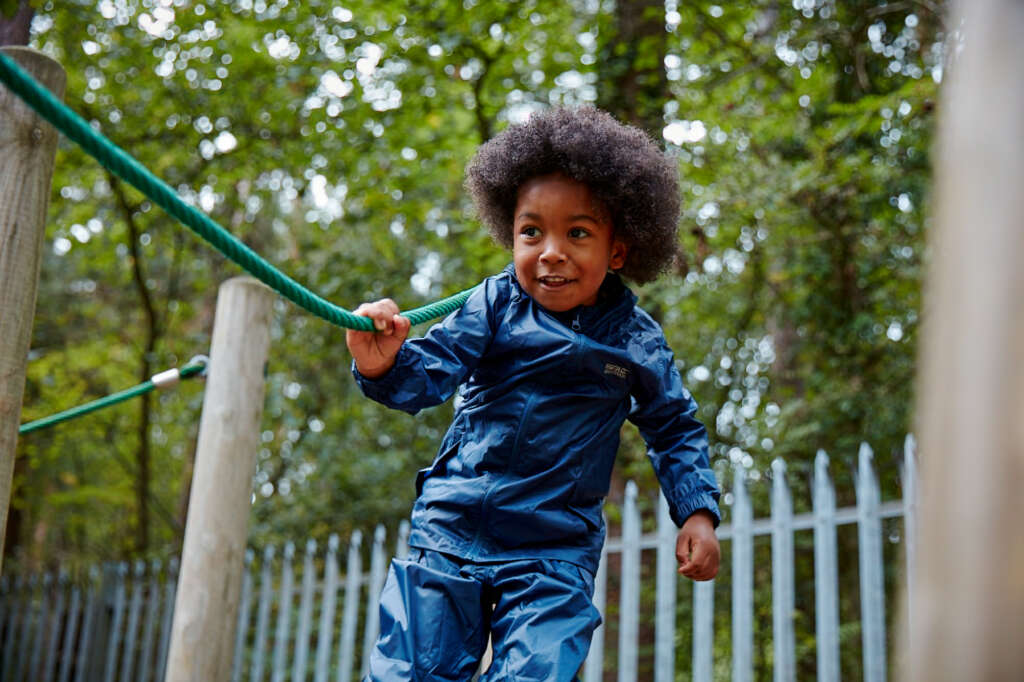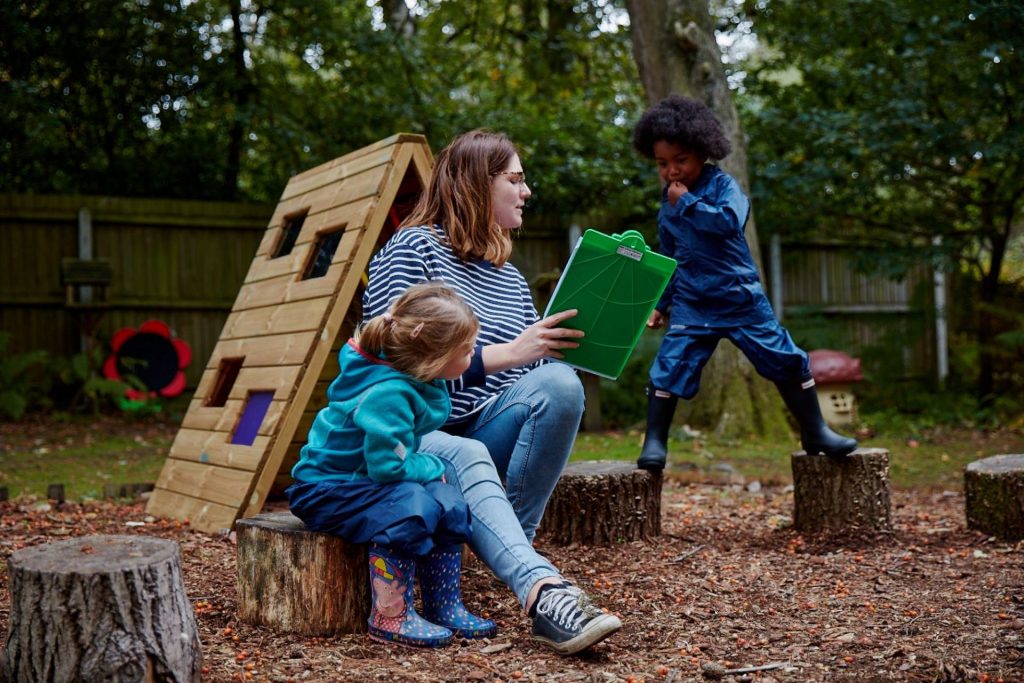What does learning through risk mean and what are the benefits?
Learning through risk can come in many guises. From children using scissors, and climbing trees to riding a bike, all are activities that include an element of risk. Although we can sometimes be cautious about adding an element of risk into learning, it’s about finding the right balance and enabling children to take risks without placing them in actual danger.
So, what are the benefits of learning through risk? This type of learning is an important part of a child’s development with the benefits often outweighing the risks. Skills that children develop include motor control, balance, coordination, an awareness of one’s body, and the ability to risk assess. Not forgetting to mention the fun and memorable learning experiences gained.

Using tools
Giving children the opportunity to use ‘real tools’ under adult supervision is another aspect of learning through risk. When trusted with tools, children develop physical skills whilst building self-esteem and concentration. Taking it slow and introducing one tool at a time supports the children in understanding the rules and allows them to gain a deeper understanding of the material world.
Take the learning outdoors
The great outdoors provides the perfect environment for learning through risk. Jumping off logs, swinging in the trees and using nature’s natural materials for obstacle courses can all form unforgettable childhood memories whilst allowing children to test their limits in a safe and controlled way.
Risk assessments
Assessment is an essential part when learning through risk. Evaluate situations carefully. Consider questions such as, how likely is it that a child will get hurt? How serious is an injury likely to be? Before using any new piece of equipment, carry out a risk-benefits assessment and check that safety provisions are up-to-date. Remember that part of the process is to encourage children to think about risks too. We can do this by asking questions such as, are you feeling safe? Does that feel stable? What is your plan? Use positive language that is encouraging and allows the children time to reflect.

The goal is not to eliminate risk, but to weigh up the risks and benefits. No child will learn about risk if they are wrapped in cotton wool.
Children’s Play and Leisure – Promoting a Balanced Approach, HSE
Involve the parents
Although parents may be aware of risk-taking within a child’s learning, they can often worry or have uncertainties about what this will look like in practice. Getting them involved is a crucial step. To support parents with their understanding in this area, offer them information on what it is and the associated benefits. Why not invite them in to experience a session for themselves?
Have you listened to our podcast?
We’ve collaborated with researcher and expert in children’s risky play, Ellen Sandseter, to bring you four exclusive podcast episodes on risk-taking in the Early Years. Ellen shares the benefits of risk-taking, how approaches are constantly evolving as well as practical ways to adopt a more relaxed approach. Click here to listen or search ‘TTS Talking Early Years‘ on your preferred podcast streaming platform.



